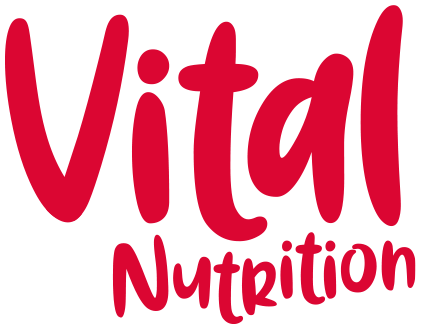The power of protein
Protein is the buzzword in nutrition these days. Skip down any supermarket aisle and you’ll find protein boosted bars, yoghurts, cereals and more, but take a closer look. Most of these foods are processed and full of ingredients you are unlikely to find in your kitchen cupboards.
It is easy to get enough protein on your plate if you know what you are looking for. Meat, fish, chicken, eggs, nuts and seeds, beans and lentils, dairy products like yoghurt, milk and cheese, tofu and quinoa are better sources of protein than these processed foods.
I have seen so many benefits when people focus on adding just a little more protein to their plates. Protein helps us feel fuller for longer, helping us to satiate those mid-meal cravings, balance our energy levels and generally feel better. The primary function of protein is for structure, growth and repair. Every cell, muscle, organ and tissue in your body needs it. We depend on protein for a healthy immune system, good skin, muscle structure and function. It is essential for hormone production, brain health, blood sugar balance, bone health.
Protein is made up of building blocks called amino acids. There are 20 amino acids and of these, only nine are essential, meaning we have to get them though our diet. The rest can be made by your body form the nine essentials.
The essential amino acids are histidine, isoleucine, leucine, lysine, methionine, phenylalanine, threonine, tryptophan, and valine.
Complete proteins are foods that contain all nine essential amino acids. All animal products and some plant proteins (soya, quinoa and buckwheat) are complete proteins.
Other plant foods like nuts, seeds and pulses are decent sources of protein too. Although they are missing one or more of the essential amino acids this doesn’t make them less important. Combining a variety of different plant-based proteins in your daily diet will ensure you are getting a good balance.
So what is enough?
Without getting too technical about it, make sure that every meal contains some form of protein. Aim for a portion that is the equivalent to the size of your palm, or a quarter for your plate.
If you want to be more specific, then aim for somewhere between 1-1.5g protein per kg of your body weight. The variation depends on your age, gender, lifestyle and diet. For example, for a 70kg (11st) person, this works out between 70-105g a day. Sound complicated? Let’s break it down. Aim for 25-30g protein at each meal.
Here are 10 ways to hit get a little more protein on your plate:
Choose lower fat Greek yoghurt instead of Greek style yoghurt. Greek yoghurt contains around 10g protein per 100g, so a 150g portion gives you 15g. Top it with a 20g spoonful of milled flaxseed (4.6g) and a portion of low sugar granola (7g) to hit your protein goal for breakfast.
A couple of large eggs will give you around 13g protein. Serve on top of a seeded or protein bagel (8g) with some smashed avocado (2g) to help you feel fuller for longer.
Use pre-cooked lentils as a base for salads (half a pack provides 11g protein). Mix in 50g feta (8g), a handful of walnuts (4g) and combine with your favourite veggies – tomatoes, celery, parsley, scallions, a squeeze of lemon juice and some olive oil for a tasty and handy lunch.
Keep a bag of edamame beans in the freezer and add to salads, stir-fries or curries. A handful adds 11g of protein to a meal.
Cottage cheese is having a moment and for all the right reasons. It is an easy way to get 12g protein per 100g to top up your salad at lunchtime, add to eggs in an omelette or pop on top of seeded oatcakes.
A cooked chicken breast is an easy win for 30g protein.
Keep tinned fish in your store cupboard as a cheap and easy addition for lunchtimes. A can of sardines gives you 24g protein.
Try tofu. A portion will give you around 12g and its great in stir-fries. Look out for silken tofu that can be blended into smoothies too.
Add seed toppers on soups/salads. A little handful adds 8g protein to a meal.
Try red lentil pasta for an easy 20g protein on your plate

